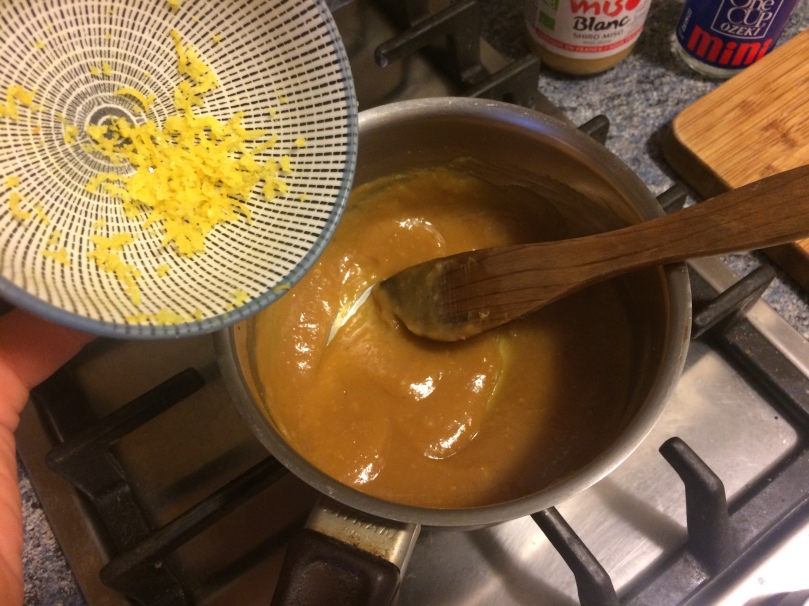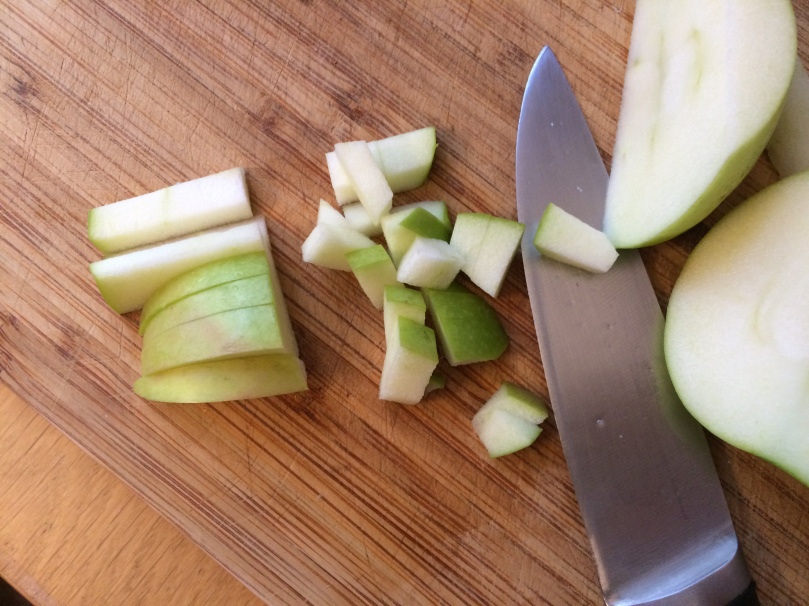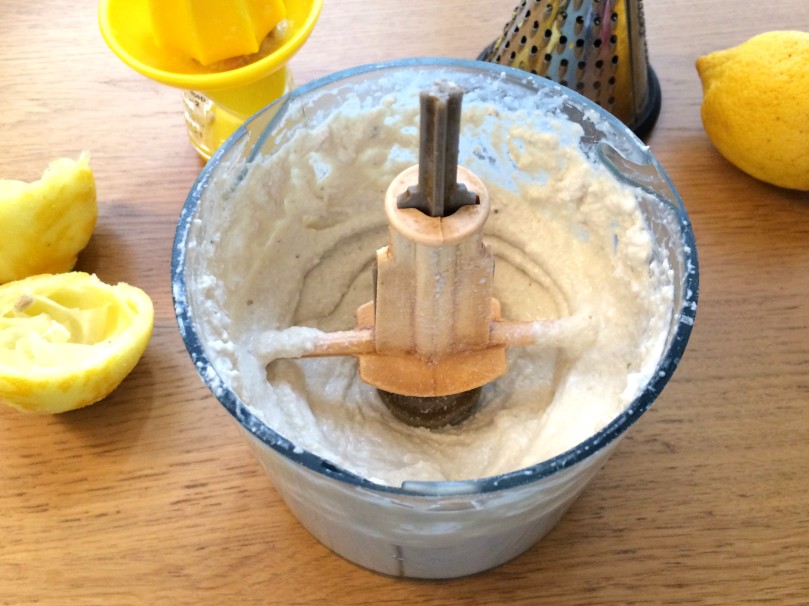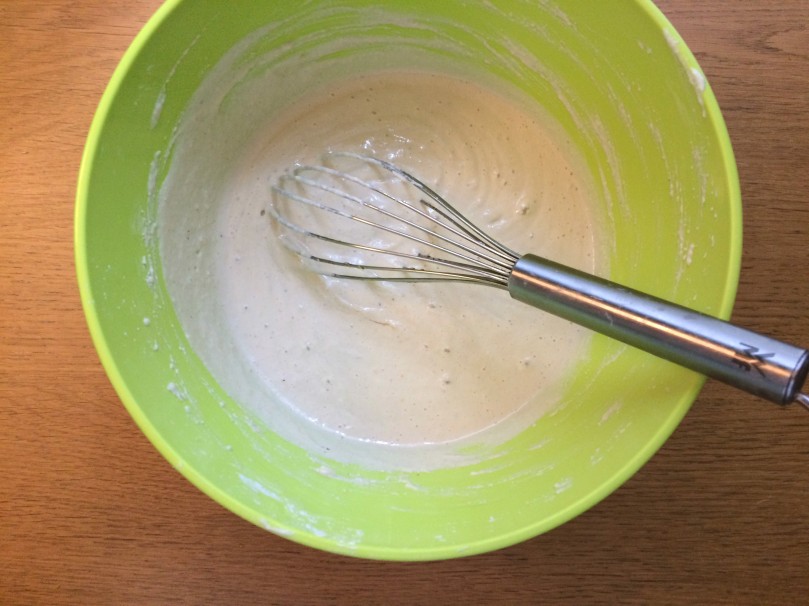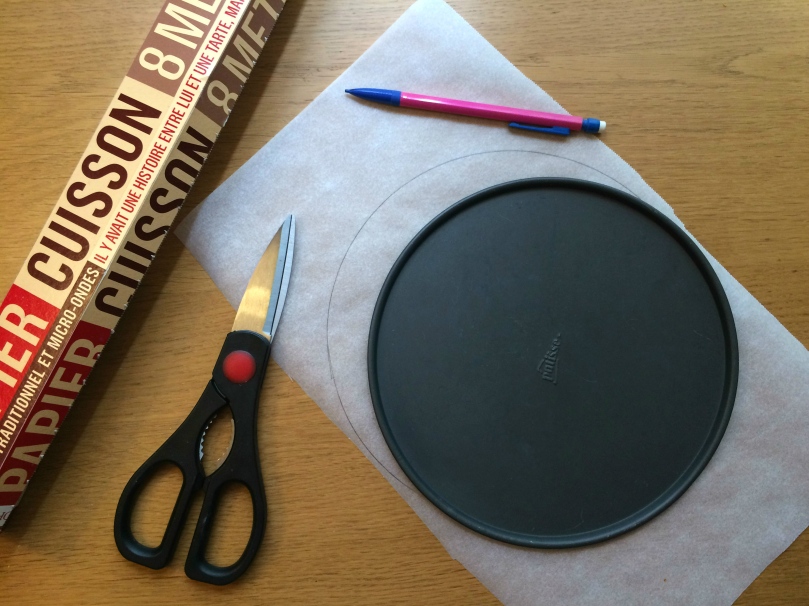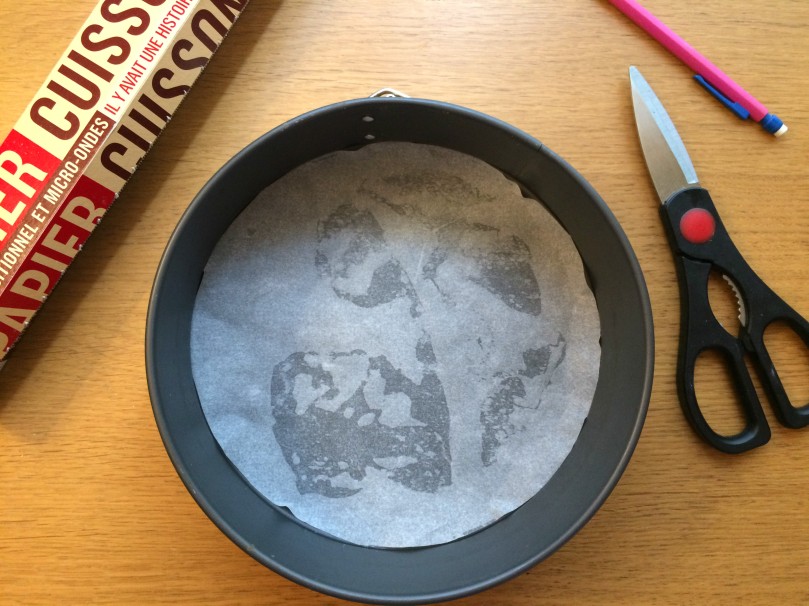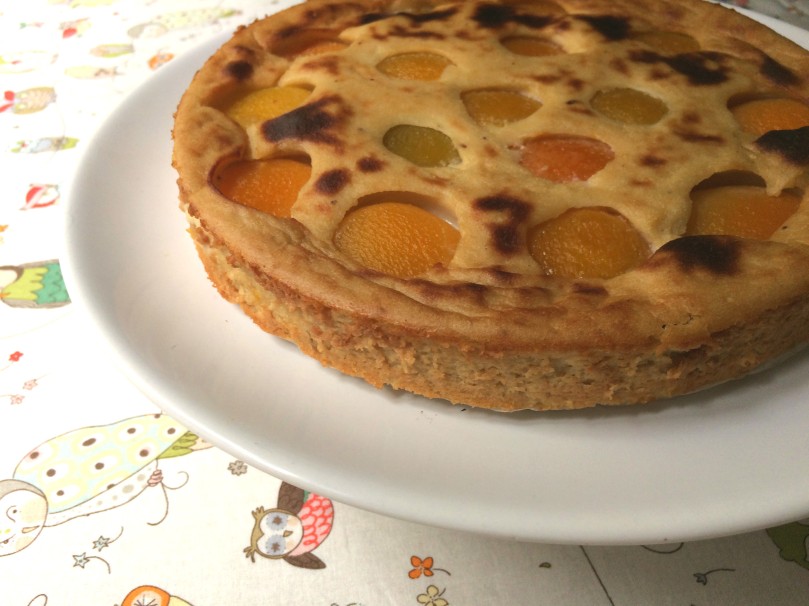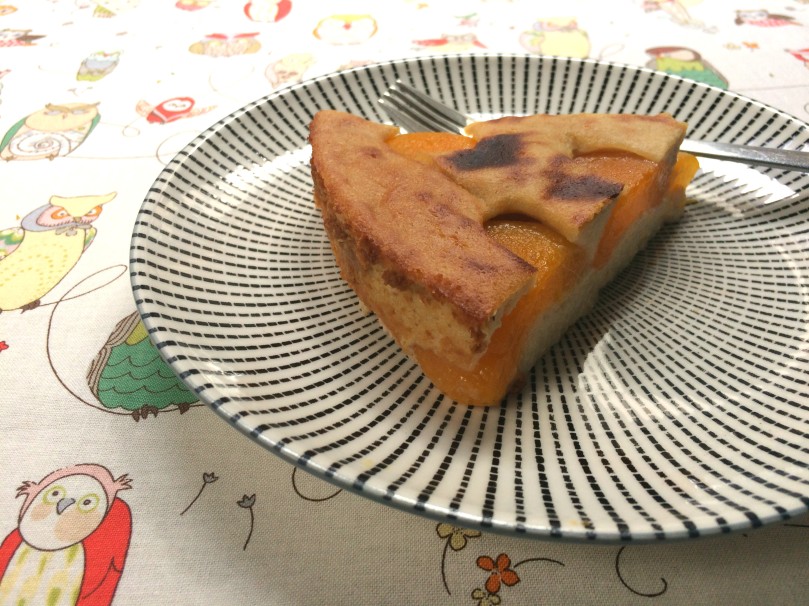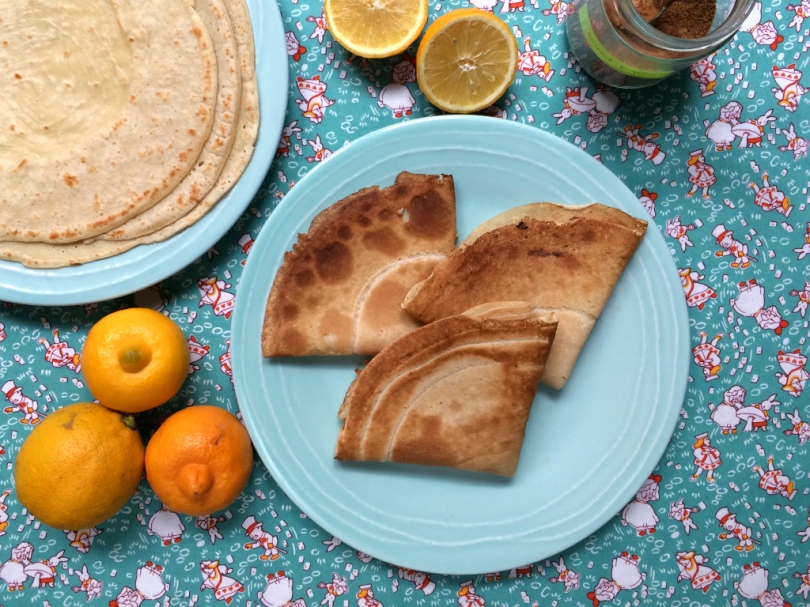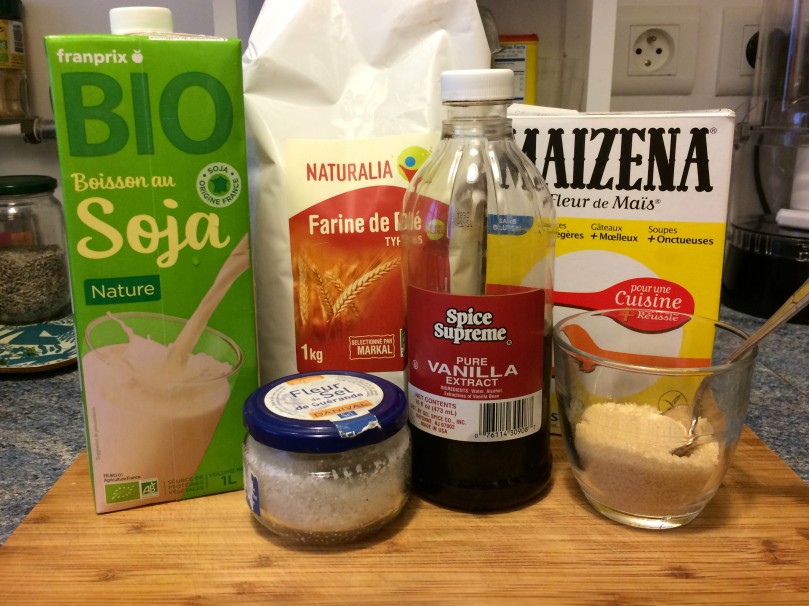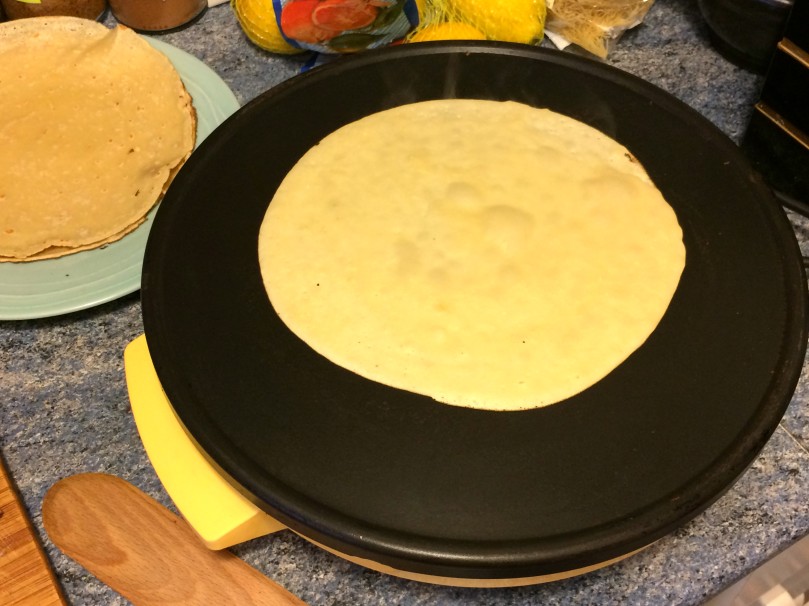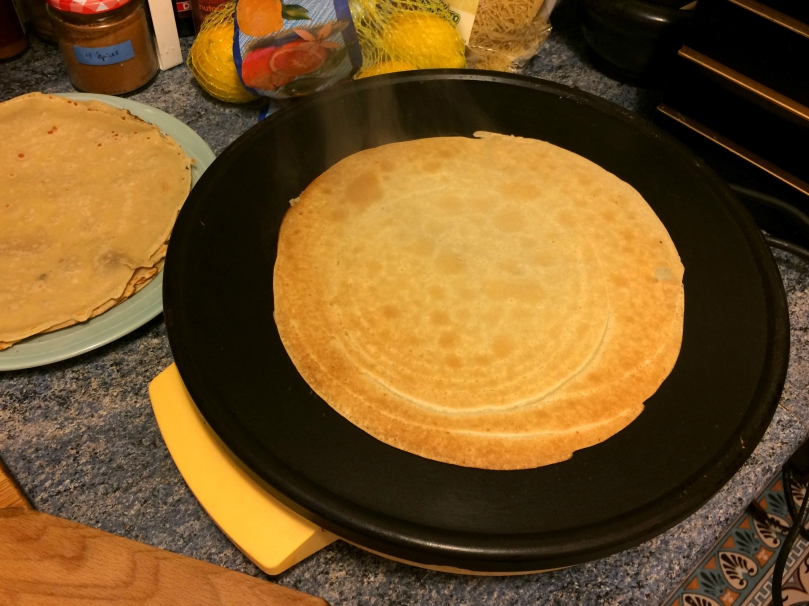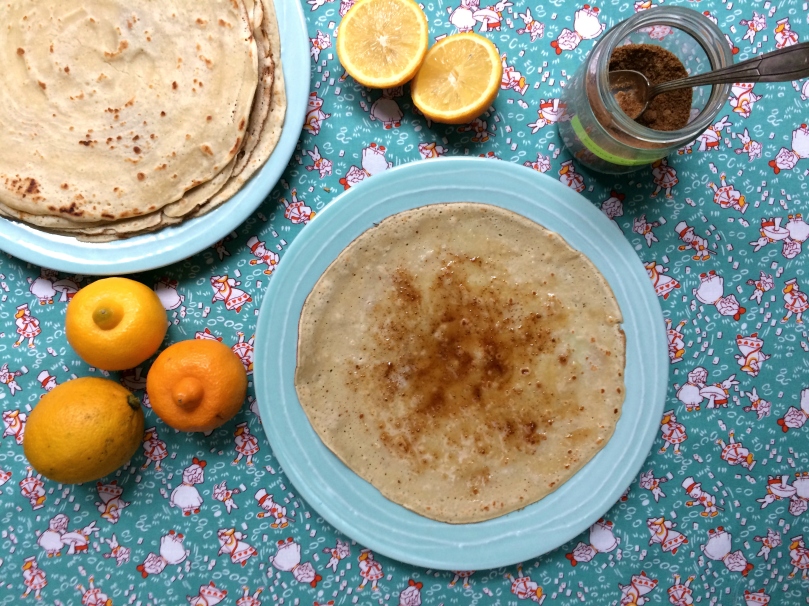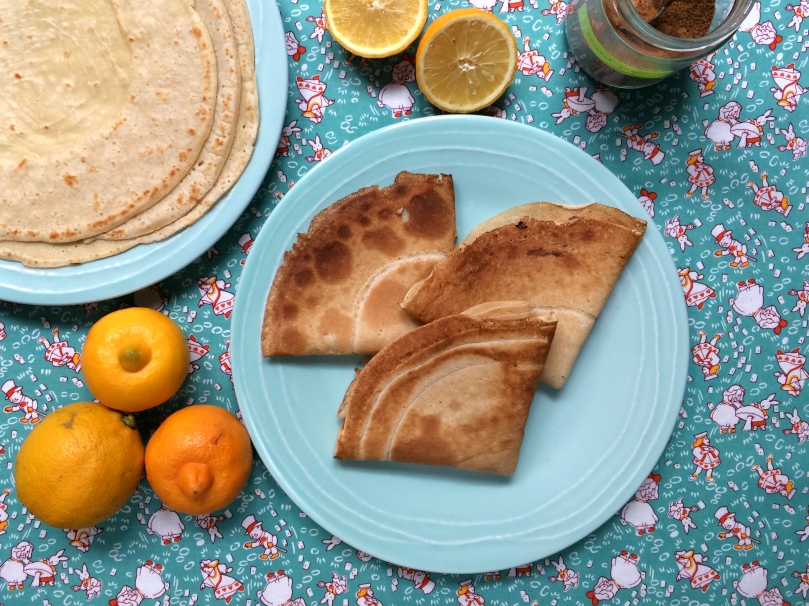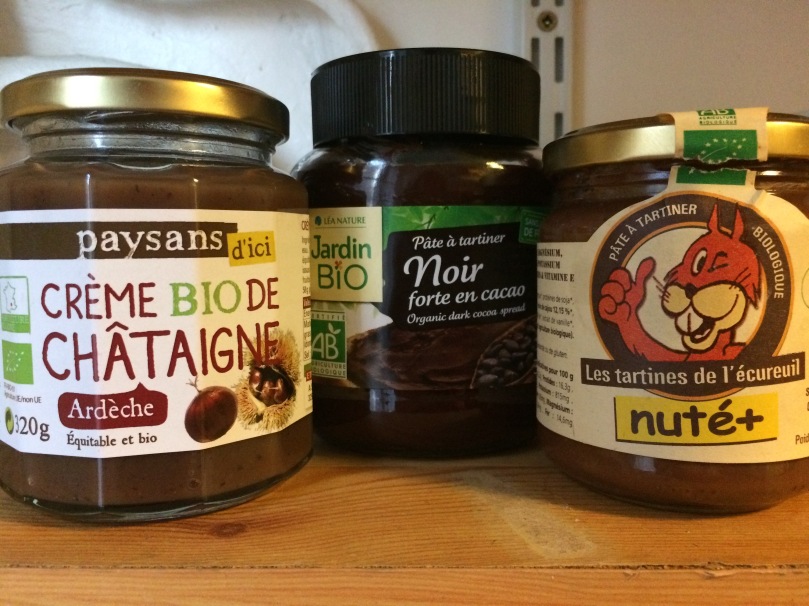Today I’m sharing one of my very favorite summertime recipes. With just two ingredients, it’s also one of the simplest I know. Meet nice cream, the banana-based alternative to ice cream.
Not only is it yummy, but since it’s nothing but fruit you can eat it anytime, any day, all day everyday if you want to. Well, within reason! My point is that it’s a lot better for you than most ice creams out there (even vegan ones), since it has no added sugar, oil or saturated fat and of course is dairy-free and gluten-free. It’s actually everything-free except banana and lemon. Because the banana is so sweet, you don’t need to add sweetener of any kind.
Why “nice” cream? I’m not the inventor of the term, but I would imagine it’s because compared to cows’ milk ice cream, it’s nicer to animals and also the planet. No cows get involved and the carbon footprint of bananas is lower than that of milk even when transportation is factored in. For each kg of cow’s milk produced, 2.4 kg of CO2 equivalent are generated, while for 1 kg of bananas it’s just 480 g (one-fifth the amount for milk). But nice cream also just tastes nice, so maybe that’s why?
I find it makes a great breakfast on a really hot day. In fact, it’s better as a breakfast or an afternoon treat than as a dessert because it’s much more filling than traditional ice cream or sorbet.
The possibilities for variations are vast – you can add just about anything to the banana base to flavor it. Try mixing in frozen berries, cocoa powder or even a touch of your favorite liqueur (Bailey’s Almande would be great!). See other suggestions at the end of this post.
The flavor I’m presenting today is one that I call “lemon cheesecake” because although it contains nothing but banana and lemon, something about these two things together reminds me of cheesecake. Try it for yourself and see if you agree.
Lemon cheesecake nice cream
Makes 2 servings (the equivalent of around 3 scoops each)
- 3 medium to large ripe bananas (not overly ripe)
- 1 medium to large lemon
Equipment needed: freezer, food processor with an “S” blade (a regular blender will probably not be enough), lemon juicer, freezer-safe tupperware container.
Slice 3 bananas into rounds and put them in a plastic tupperware container with a lid. Place in your freezer for several hours or, ideally, overnight.
When ready to make your nice cream (the same day it will be served), remove the bananas from the freezer, take off the tupperware lid and let the bananas thaw for at least 10 minutes (less time on a really hot day, more time on a cooler day). Do not skip this step – rock-solid frozen banana pieces can damage your food processor.
Once the bananas have thawed a bit, transfer them to your food processor. Juice your lemon until you have about 1/3 cup (79 ml) juice. You can also use a bit less or a bit more, depending how much you like lemon.
Pour the juice into the food processor and begin processing. At first it may seem like nothing is happening but the bananas will eventually all blend into a wonderfully smooth texture. If you’re using a small food processor like mine, you may need to stop once or twice and scrape down the sides to move the remaining whole pieces toward the blade.
You’ll end up with a perfect “soft serve” nice cream and can enjoy it as is. Simply transfer to a bowl and, if desired, garnish with (non-frozen) fruit. This is how I eat it most of the time, when not taking photos for a blog post that is. 😉

But if you want to impress a guest and present the nice cream in scoop form like in the photos below, transfer the blended nice cream back into your same tupperware container and freeze it again for an hour or so. It’s best to still serve the prepared nice cream the same day, without leaving it in the freezer for too long since it can become too solid and impossible to scoop.
When plating up the nice cream, either in soft serve or scooped form, keep in mind that it melts pretty fast! You may want to refrigerate the serving bowls ahead of time to slow down the melting process.
With any number of sweltering days ahead of us still this summer, this nice cream just might become your new best friend. Enjoy!



Variations:
- Freeze some berries along with the bananas for a “fruit cocktail” nice cream (you’ll still need bananas for a base).
- Process the bananas with lime juice, mint leaves and a touch of rum for a “tropical island drink” nice cream.
- Add peanut butter to the bananas while blending, and incorporate some chocolate chunks at the end. Serve with salted pecans.Lots of other flavors are possible! Let me know in the comments what you try and how it goes.
















